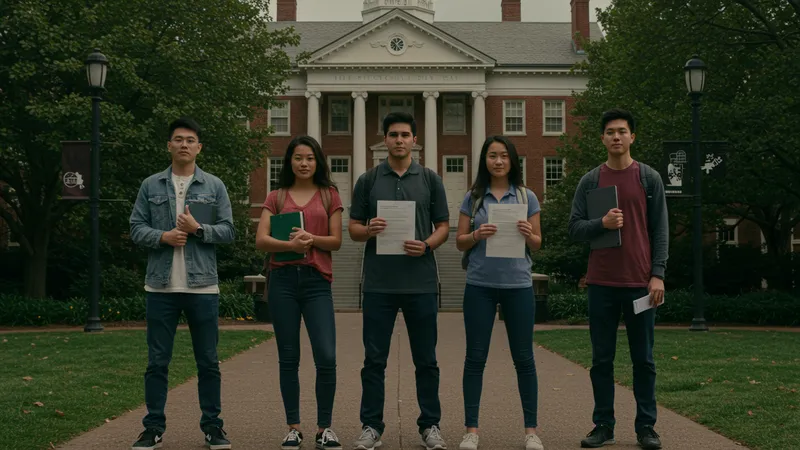
Student Loans: Financing Education For A Brighter Future
Financing a college education in the United States often requires more resources than most families can immediately access. For many, student loans present a critical bridge, transforming the pursuit of a degree from a distant aspiration into a tangible goal. While scholarships and grants provide some students with funds that don’t need repayment, the majority must rely on borrowed financial support to cover rising tuition, fees, living expenses, and books. Student loans are structured to help learners invest in their future, with manageable repayments and varied interest rates designed to accommodate different needs.
In the American education system, the concept of student loans plays a pivotal role not only in promoting access to higher learning but also in enabling diverse populations to attend colleges and universities. Without these financing mechanisms, countless students wouldn’t have the means to pursue advanced degrees or specialized training programs. By offering deferred repayment and competitive rates, these loans strive to balance immediate educational needs against long-term financial planning.

- Federal Direct Subsidized Loans: No interest accrues while the student is in school. Origination fee: ~1.057%. Interest rate (2024–2025): 5.50%.
- Federal Direct Unsubsidized Loans: Interest accrues from disbursement. Origination fee: ~1.057%. Interest rate (2024–2025): 7.05% for graduates.
- Federal Direct PLUS Loans: For graduate students or parents. Origination fee: ~4.228%. Interest rate (2024–2025): 8.05%.
- Sallie Mae Private Student Loans: Interest rates (variable/fixed): 5.62%–16.45%. No origination fee.
- Discover Undergraduate Loans: Interest rates: 5.49%–15.99%. No origination fee.
- Citizens Student Loans: Interest rates: 4.99%–15.22%. No origination fee.
- Ascent Student Loans: Interest rates: 4.53%–15.66%. Certain loans offer deferred payments until after graduation.
- CommonBond Student Loans: Interest rates vary, average 5.45%–7.03%. No application or origination fee (program winding down for new applicants but existing customers remain supported).
- Navient Private Student Loans: Varies by creditworthiness and school, fixed and variable rates.
- SoFi Private Student Loans: Interest rates: 4.49%–13.80%. No fees for origination, late payment, or insufficient funds.
Federal student loans are considered the foundation of educational financing in the United States. Subsidized and unsubsidized options through the Department of Education offer lower, regulated interest rates and repayment protections not always available with private lenders. For undergraduate and graduate students, these loans often serve as the first source of borrowed funds, sometimes supplemented with state or institutional support.
Private student loans, such as those from Sallie Mae, Discover, and Citizens, play an important role for students who have reached their federal borrowing limits or who require additional funds for tuition or living expenses. These loans typically depend on the borrower’s credit history, and interest rates vary more widely than with federal options. However, many private lenders offer flexible repayment plans and features designed for student needs.
PLUS Loans stand out because they allow parents of undergraduates, as well as graduate students themselves, to borrow at higher amounts and with a more streamlined application process. The higher interest rates associated with PLUS loans reflect the increased borrowing power, making them a strategic choice for families determined to fill the entire cost gap for education.
Online lenders such as SoFi and Ascent are popular among today’s students for their fast application processes and fit for independent or nontraditional learners. These options often appeal to creditworthy borrowers or those with a cosigner, and some lenders provide unique benefits like deferred payments or interest rate discounts for autopay enrollment.
Understanding the nuances of each lending option is crucial for prospective borrowers. Not only do interest rates and fees directly impact the long-term cost of a degree, but the repayment terms, loan forgiveness policies, and borrower protections can dramatically alter the financial trajectory of a graduate. The deeper details reveal even more valuable insights ahead as we examine each facet of educational borrowing in the United States.